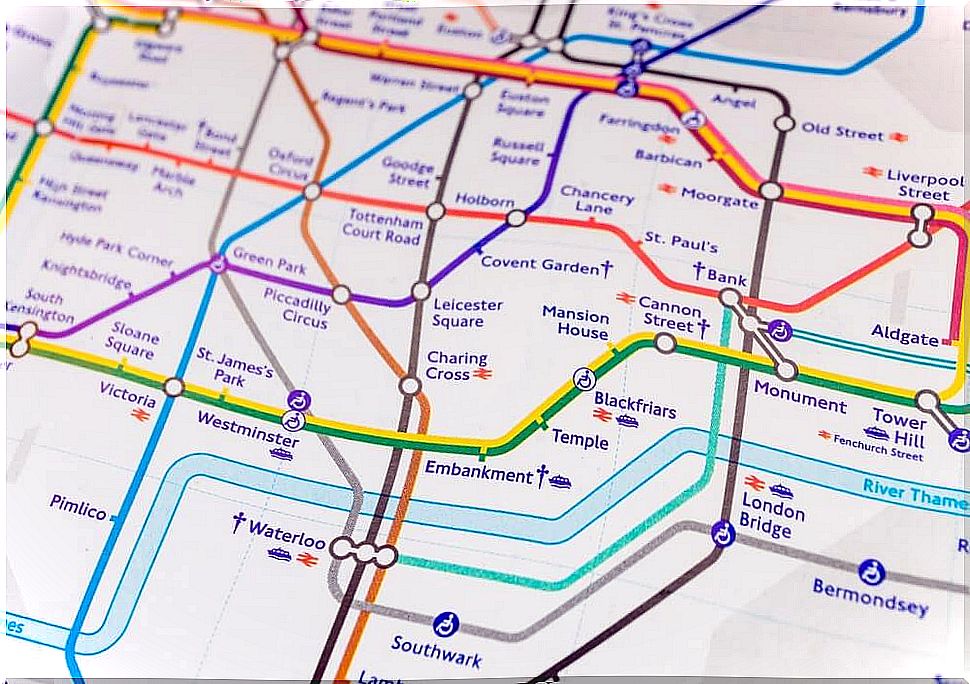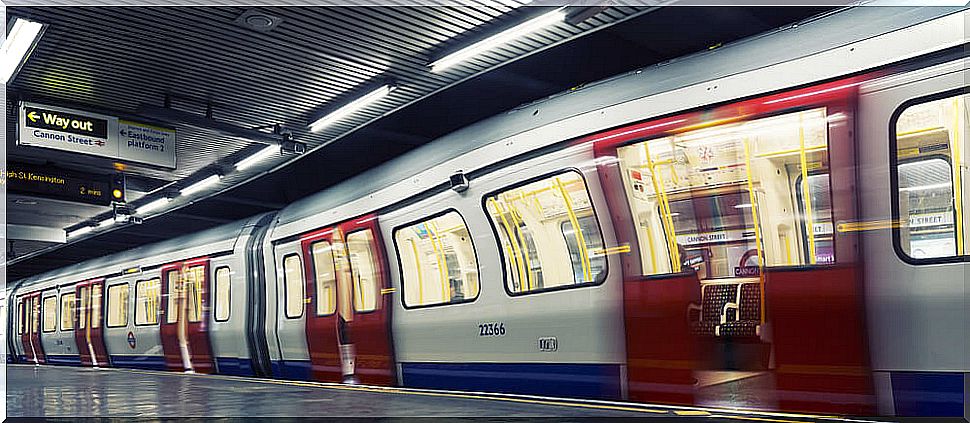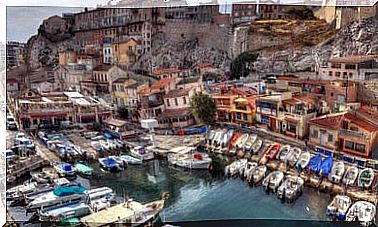Real-time Operation Of The London Underground

The London Underground is an essential means of transport to move comfortably around the British capital. If you are a bit confused, you should not worry, at your fingertips you have an interactive map that allows users to know where the trains are in real time. We tell you how it works and we offer you other information of interest.
However, before talking about this map, it should be said that behind this project is Matthew Somerville. This is a graphic designer who has done a similar task with London’s public bus system in the past.
How the interactive map works

The London Underground map uses the official application programming interface of Transport for London (the body responsible for the city’s transport system). In this way, it obtains the information corresponding to the arrival times of the trains at the stations.
Later, it processes that information with the estimated locations and the interface shows and moves the points that represent the trains on the map. For the latter, it uses Leaflet, which is the name given to the JavaScrip library for interactive maps.
What is the interactive map of the London Underground like?
The interactive map is packed with details regarding London’s rail infrastructure. In it, the routes of the 11 metro lines of the city are drawn in a simple way. Convoys are also shown, turned into a kind of kite.
How to use the interactive map

Once we know what it is like, it is time to find out how to use it. It is very simple. You just have to click on one of the yellow dots that represent the trains – the one that interests us – in order to know where it is going and how long it will take to get to the next station.
Once the pertinent query is made, one can entertain oneself by observing the hottest points on the map, that is, those that are full of trains at the same time. Or you can search for the areas corresponding to the farthest stations where the frequency is lower.
Tips for using the London Underground
We have already seen that the interactive map is very useful, but in addition to knowing everything related to it, it is convenient to know how to use the London Underground. Well, you can use cards such as the Oyster Card or Travel Card. Both involve a price reduction if they are to be used more than once, as well as time.
But which is better of the two? The truth is that both cover the same means of public transport in the capital of England (metro, buses …). But with the Oyster Card it is also possible to get to and from Gatwick airport by train.
On the other hand, if you are only going to make one trip by metro, you can get a single ticket at any ticket office or vending machine in the station where you can find one. You can pay it in cash or by credit card.

Other interactive maps in the world
In addition to London, in many other cities you can also quickly see the status of public transport via an interactive map. This is possible thanks to the TRAVIC system (Transit Visualization Client). And although there are still many countries missing, the result is at least impressive.
We abandoned ground transportation, as there are web pages, such as Flight Radar, that allow us to know the position of the planes in real time. For its part, Positrén focuses on the railway network in Spain, while Marine Traffic relies on the same GPS system as the previous two to provide information related to ships.
And there are also interactive maps to discover where we can find icebergs or where lightning is recorded (Real Time Lightning). There are also them to know what orbits around the Earth (Stuff in Space) or to compare how many trees have been planted and lost in a specific period of time (Global Forest Watch).










